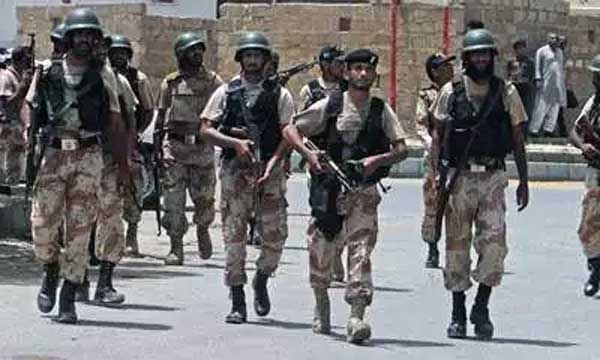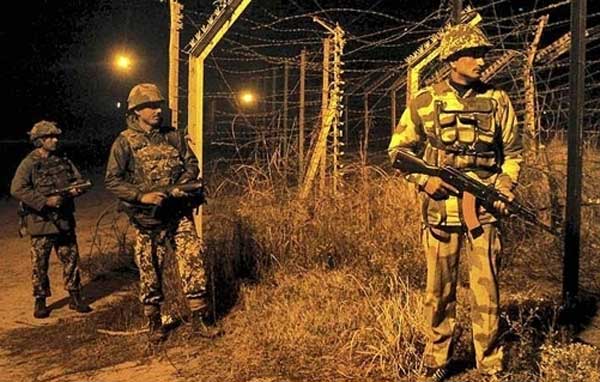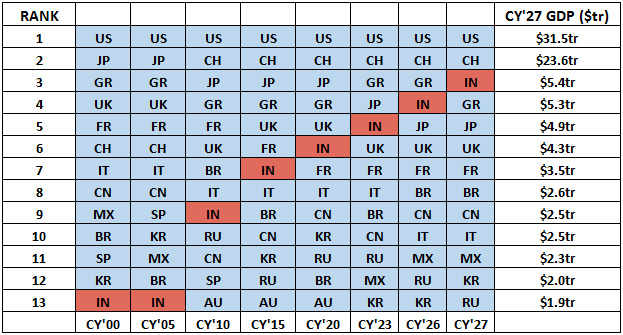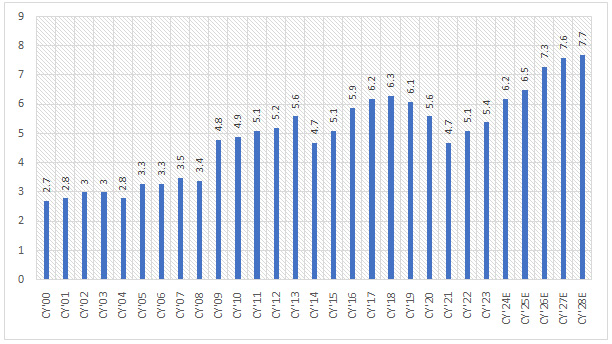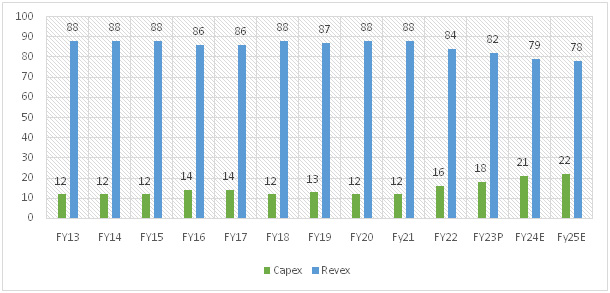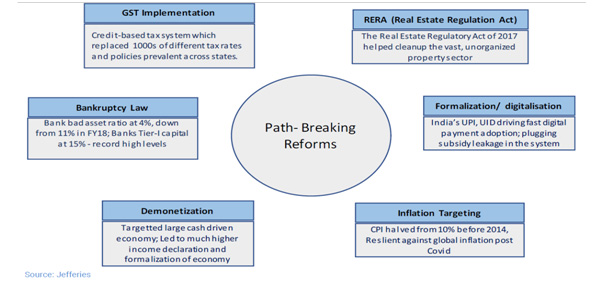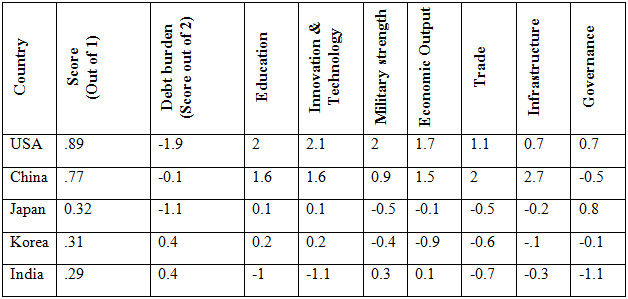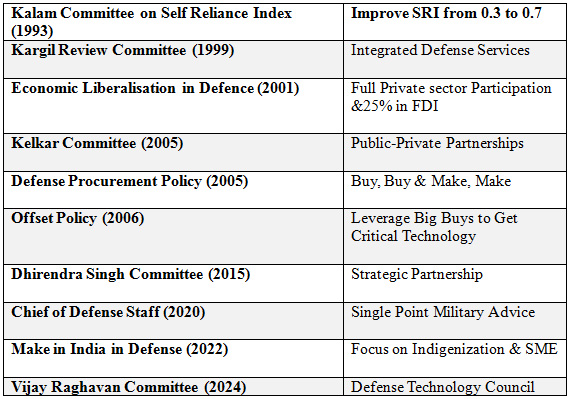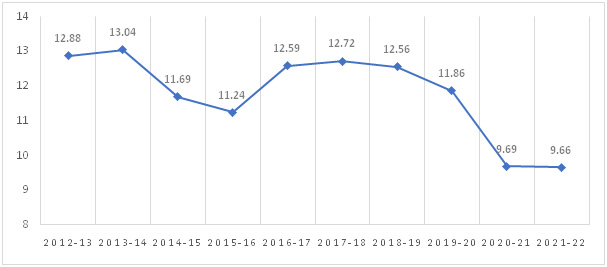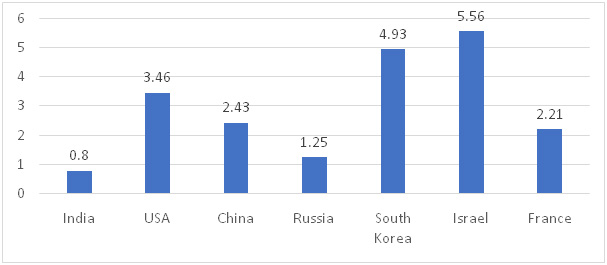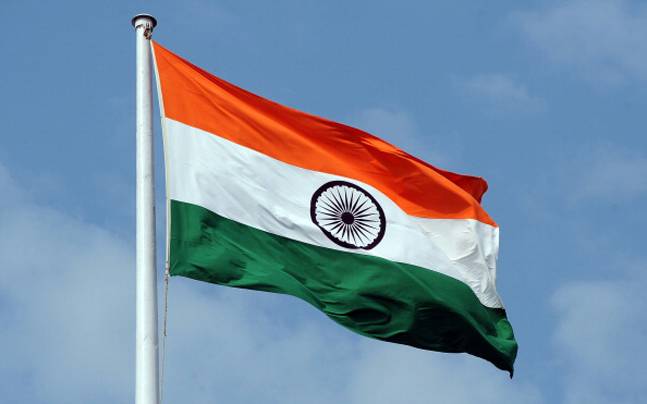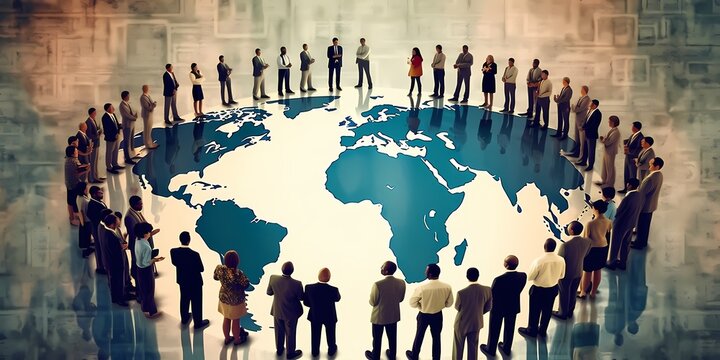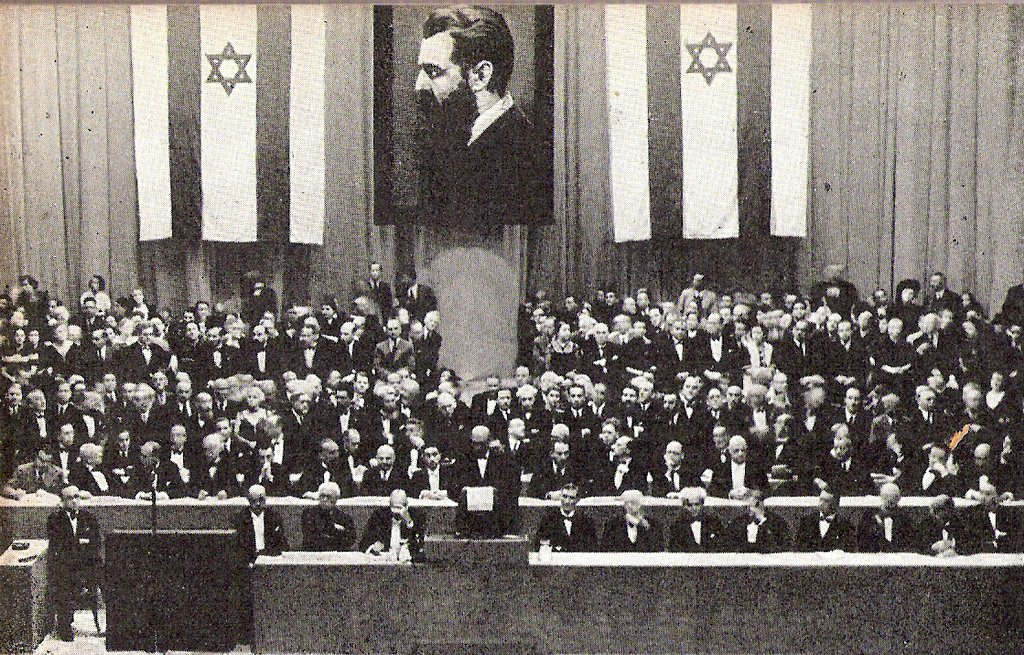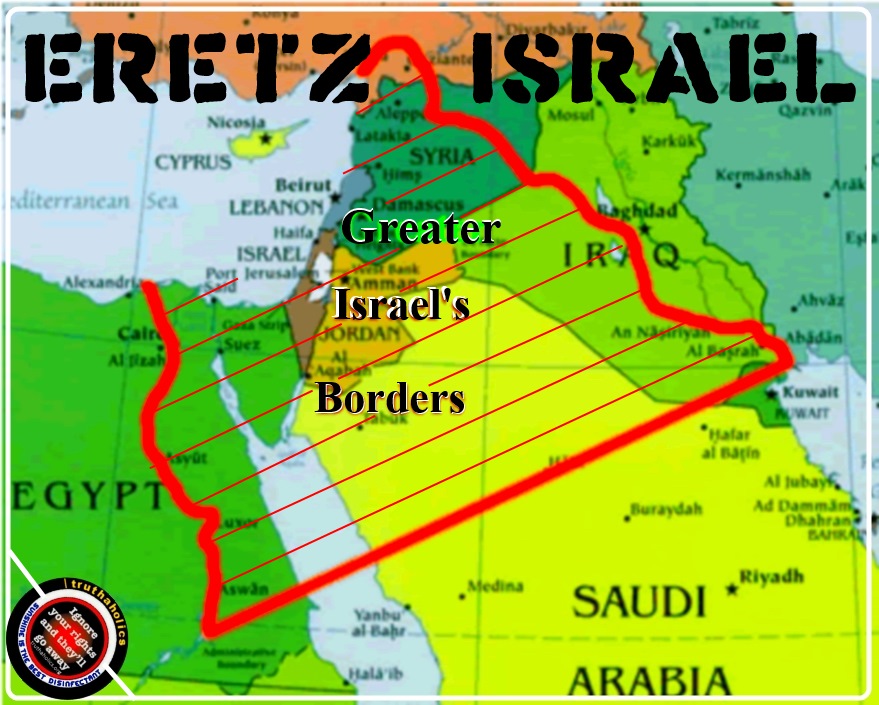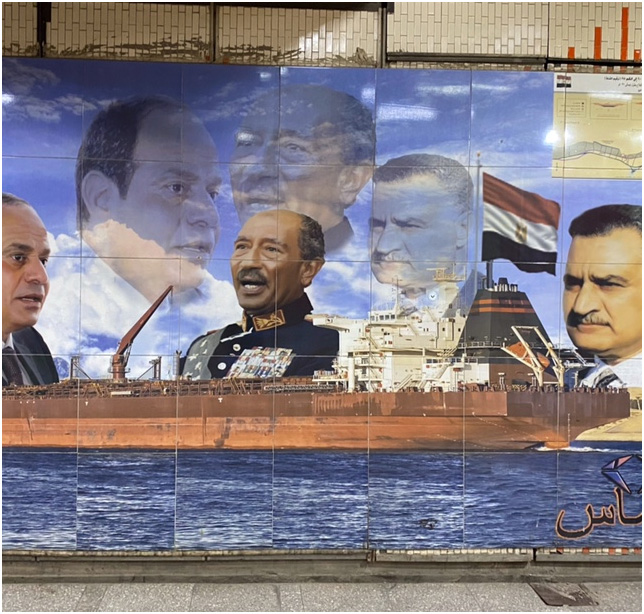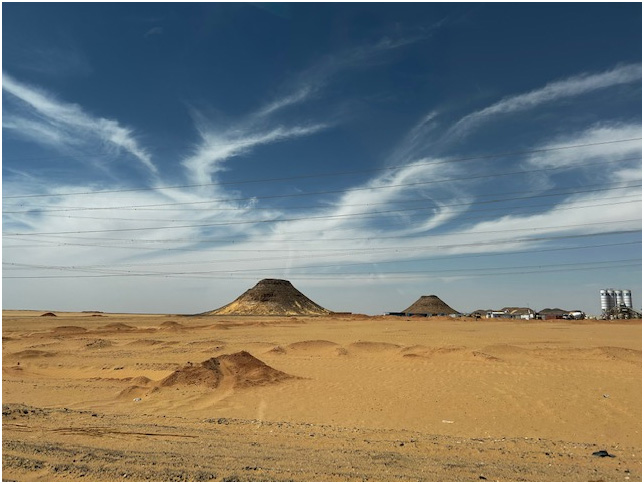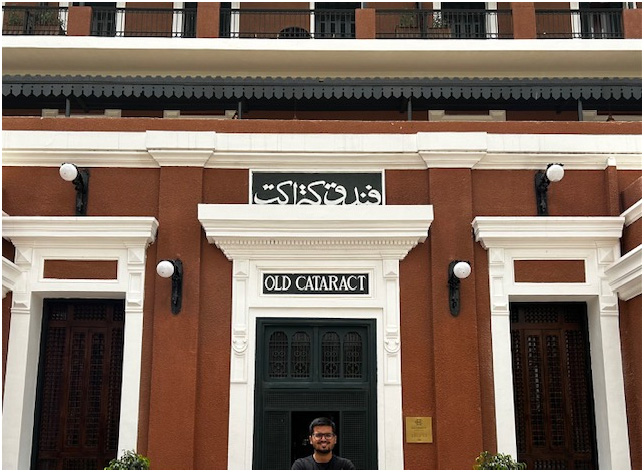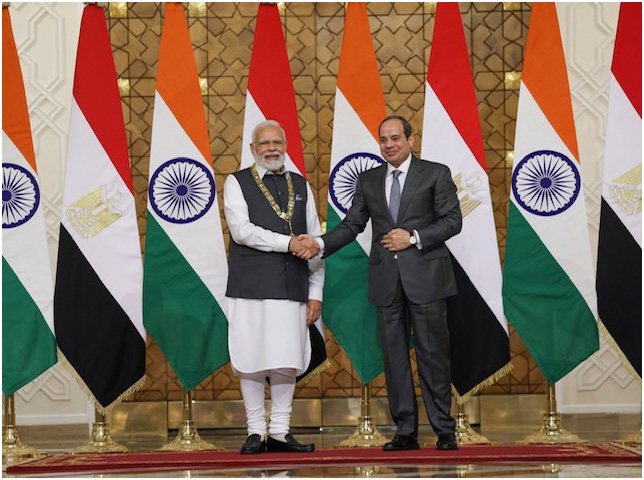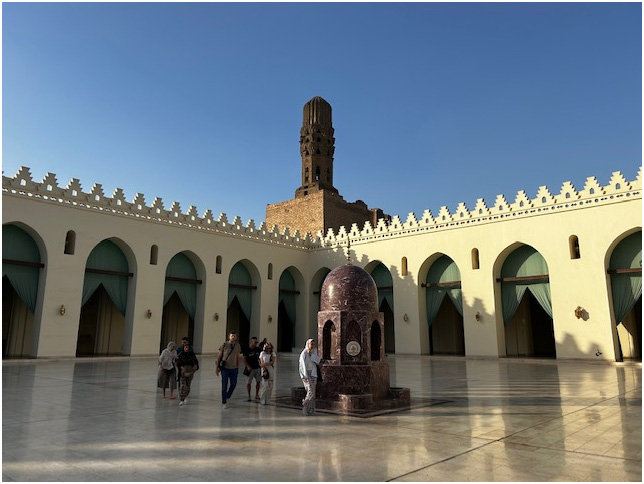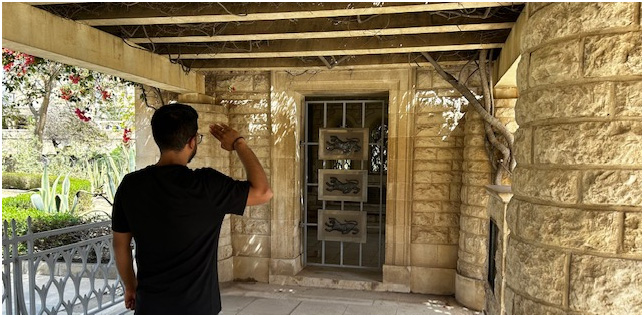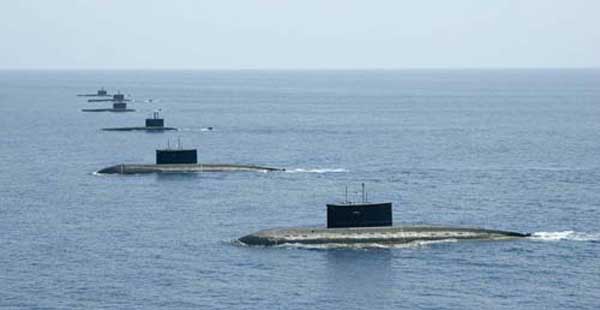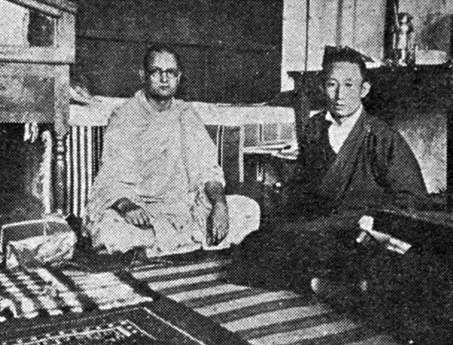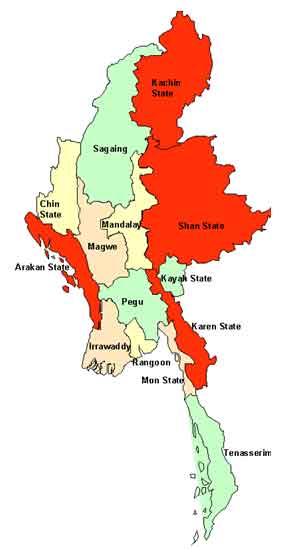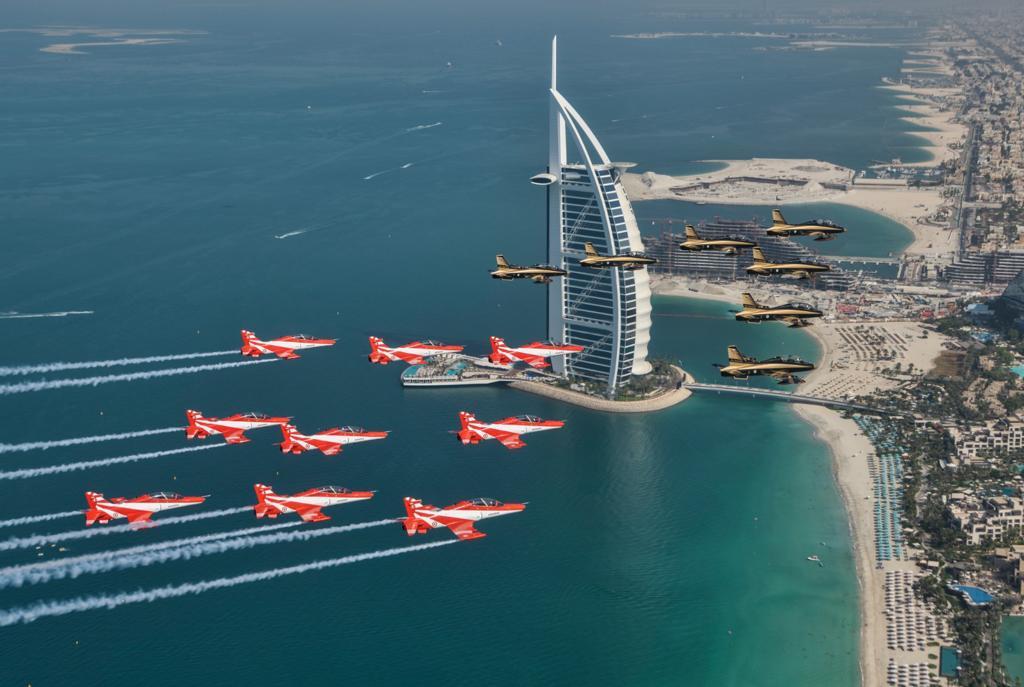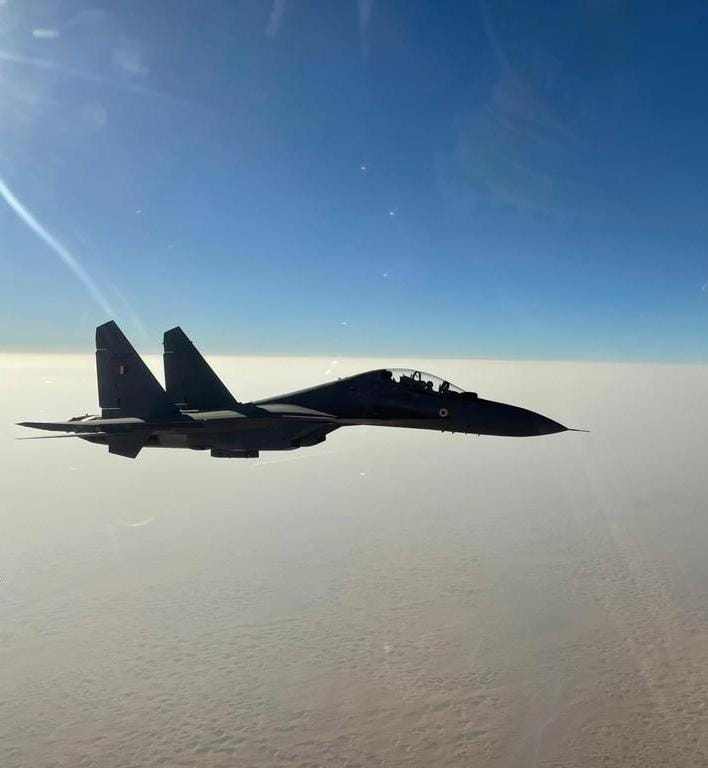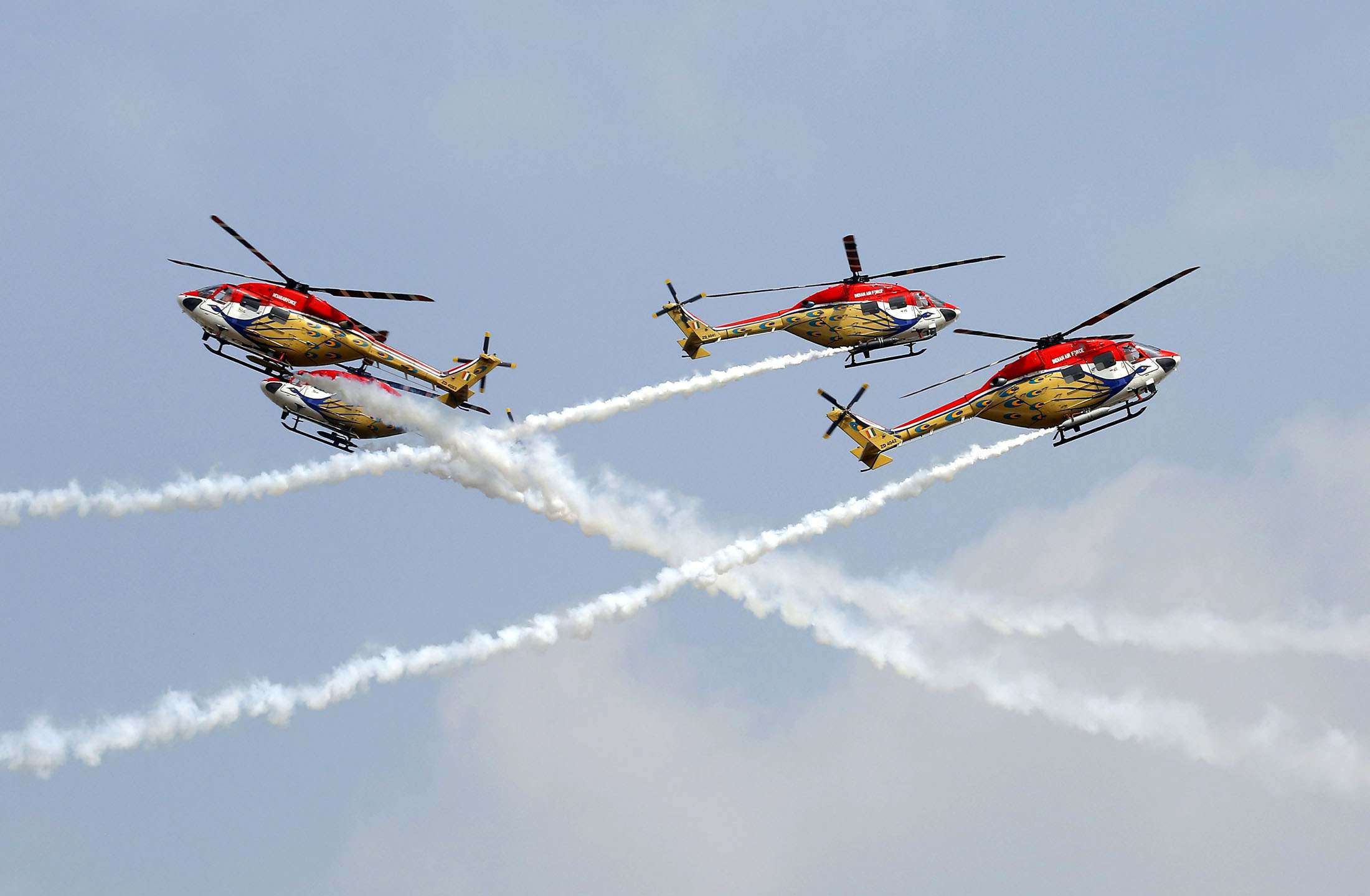The top brass of Pakistan army regularly congregate at the military’s General Headquarters [GHQ] in Rawalpindi to discuss various defence related issues in a confab referred to as Corps Commanders’ Conferences. On conclusion of these deliberations, the Pakistan army’s media wing, Inter Services Public Relations [ISPR], issues a press release giving out a gist of discussions held during the Conference.
Besides matters military, issues like elections, economy and even political intrigue and incompetence, that don’t fall within the purview of the army, are prominently articulated in ISPR communiqués. However, such mentions aren’t surprising since Corps Commanders’ Conferences also serve as a platform for the army to regularly remind other organs of state and the public that it’s Rawalpindi that calls the shots in Pakistan!
ISPR press releases also act as an effective medium to divert attention from the murkier side of Rawalpindi’s interference in the routine functioning of other state organs as well as protecting its own image as ‘true saviours’ of Pakistan, and the ISPR press release after the March 5 conference is just one such example.
This press statement which reads, “Forum expressed that it strongly believed that democratic consolidation is the way forward for the country,” comes in the wake of Rawalpindi’s brazen manipulation of the judiciary to orchestrate disqualification of former Prime Minister Imran Khan from participating in 2024 elections and politically emaciating his Pakistan Tehreek-i-Insaf Party.
Content of ISPR’s post the conference press releases can be broadly sub-divided into three categories:
-
- One, projection of multiple menacing security threats being sponsored by an inimical neighbour [read India] and chest thumping by complimenting the good work being done by the army’s rank and file in thwarting the same.
- Two, expressing concern on the imagined atrocities being committed by Indian security forces in Kashmir and expressing solidarity with the separatist camp in Kashmir.
- Three, a stern warning of a befitting response to any misadventure from a neighbouring country [again, read- India].
However, for some time now, mention of “false propaganda” by vested interests aimed at damaging the image of the Pakistan army has become the fourth ingredient of ISPR’s press releases. And its press statement issued after the Corps Commanders’ Conference held on April 16 mentions that “The forum noted with concern organised misinformation and fake news being spread by certain nefarious elements to sow despondency and divisions within the society…”
While Rawalpindi’s allegations of “nefarious elements” peddling misinformation may be true to some extent, but then, what about the damning revelations made by some very high ranking Generals themselves on the unbecoming conduct of the Pakistan army? A few examples:
-
- In 2010, former Pakistan army chief Gen Pervez Musharraf proudly admitted Rawalpindi’s role in promoting fundamentalism in the country by saying, “We poisoned Pakistani civil society for 10 years when we fought the Soviets in Afghanistan in the 1980s. It was jihad and we brought in militants from all over the world, with the West and Pakistan together in the lead role.” [Emphasis added].
- Maj Gen Mahmud Ali Durrani who was Pakistan’s National Security Advisor when the Mumbai terrorist attacks took place, revealed in 2017 that “I hate to admit that the 26/11 Mumbai attack carried out by a terror group based in Pakistan on November 26, 2008 is a classic trans-border terrorist event.” [Emphasis added].
- In November 2017, a video shot by Dawn News TV reporter Shakil Qarar on his mobile phone captured Pakistan army Maj Gen AzharNavid Hayat distributing envelopes containing cash to TLP protesters who had not only blocked movement on the Faizabad interchange for 20 days but also killed a policeman and injured several others. In the video, the two-star Gen can be heard telling a protester, “This is a gift from us to you” and even expressing solidarity with the protesters by saying, “Aren’t we with you too?” [Emphasis added]. Not only this, by giving another protester the assurance that “God willing, we’ll get them [arrested protesters] released,” [Emphasis added], the General demonstrated the power Rawalpindi has over the judiciary.
- During his last public address before retiring in November 2022, outgoing Pakistan army chief Gen Qamar Javed Bajwa admitted that the Pakistan army was being “criticised from time to time,” and accepted that “The main reason for this is the involvement of the army in politics for the last 70 years, which is unconstitutional.” [Emphasis added].
Rawalpindi doesn’t seem to realise that it is the Pakistan army’s puerile attempts to overlook the highhandedness of its rank and file is one of main reasons for its rapidly deteriorating public image. A classic example is the recent Bahawalnagar incident in Pakistan’s Punjab province in which army personnel stormed a police station, brutally assaulting the police men present and ransacking the premises.
Despite videos of army atrocities showing policemen being brutalised and humiliated by army personnel going viral on social media, the Pakistan army still tried to defend the criminal act of its troops by stating that “unfounded and baseless allegations on law enforcement agencies and security forces have become a fashion and are part of the larger design to drive a wedge between the people and the armed forces of Pakistan.”
Punjab police too tried to play down this serious incident by stating “This matter in Bahawalnagar, which went viral on social media, has been taken out of context and exaggerated,” a clear indication that it was arm-twisted into giving this bizarre statement. With visuals leave no room for any doubts, who in his senses would ever try and suggest that videos showing policemen bruised and bloodied by army personnel were “taken out of context and exaggerated”?
The Bahawalnagar incident is not the first of its type and hence can’t be dismissed as an aberration. In 2020, Sindh Rangers commanded by Pakistan army officers, alongwith military officers of Pakistan army spy agency Inter Services Intelligence [ISI] abducted Sindh police Inspector General [IG] Mushtaq Mahar and forced him to sign an arrest warrant of former Pakistan Prime Minister Nwaz Sharif’s son-in-law Capt Safdar Awan, Retired.
This illegal act and gross misuse of power and unprecedented humiliation of an IG rank officer didn’t go down well with the Sindh police force and it was the threat of policemen going on mass protest leave that forced the then Pakistan Army Chief Gen Bajwa to intervene. However, rather than accepting that the army officers involved had committed a serious crime, the army’s court of inquiry [CoI] investigating into this incident instead tried to defend the officers’ shameful act of abducting a two-star police officer and even sought to blame the police for precipitating the crisis.
The CoI maintained that the army officers “were under increasing public pressure to ensure prompt action as per law. Assessing the response of police authorities against this developing yet volatile situation to be slow and wanting, in a charged environment, the concerned officers decided to act, rather overzealously.” Rawalpindi failed to explain as to why the Pakistan Rangers [Sindh] and ISI got involved in a police case in the first place!
By attempting to blame tardy police action for the abduction of a high rank police officer, Rawalpindi has itself has clearly sent out the message that even though unconstitutional, the Pakistan army nevertheless reserves the unquestionable right to intervene in any matter whenever it feels that things in the country are not going right. So, acts like abducting police officers or ousting prime ministers Nawaz Sharif and Imran Khan through manipulated judicial and political processes respectively were [in the Pakistan army’s perception] were necessary for the good of the country.
So, while it may cry ‘foul’ and blame the burgeoning anti-Pakistan army sentiments on a ‘grand conspiracy’, the fact of the matter is that Rawalpindi can’t deny is that it is itself responsible for creating a negative image through its scant regard for the country’s constitution and law. And with the “yeh jo dehshatgardi hai, iske peeche wardi hai” [the uniformed (Pakistan) army of is behind terrorism] slogan becoming staple fare for protesters, it’s time for Pakistan army chief Gen Syed Asim Munir to wake up and smell the coffee!



